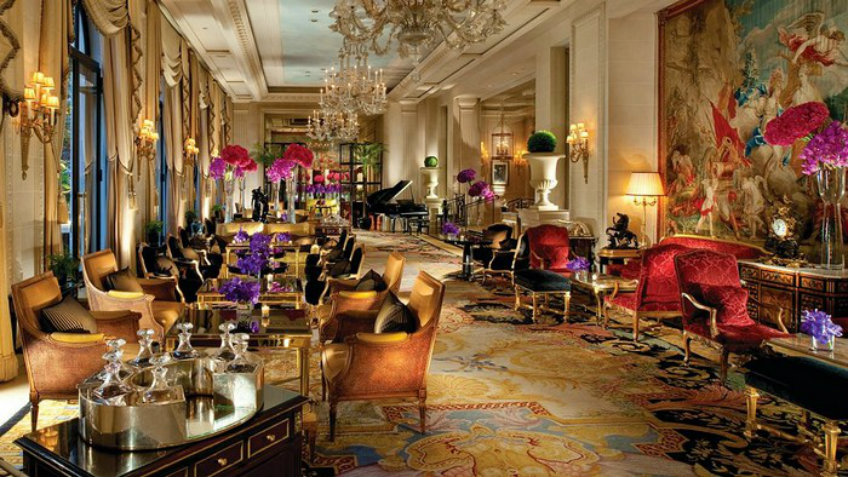

Great interiors are not static objects — they are emotional choreography. They determine how long we linger, where conversations spark, and whether we choose to return. This is Environmental Psychology 101 — and yet, many design teams still ignore it.

Consider these research-backed insights:
When you design with the human state of mind as your blueprint, you stop being a decorator — and start becoming a behavioral architect.
At every stage of your project, ask:
From hospitals that calm anxiety, to cafés that foster conversation, to co-working spaces that inspire collaboration — purpose-led design delivers ROI in wellbeing, retention, and reputation.
Next time you enter a perfectly staged space, resist the urge to admire first. Instead, ask yourself:
“Do I want to stay here?”
If the answer is no, the design is incomplete.